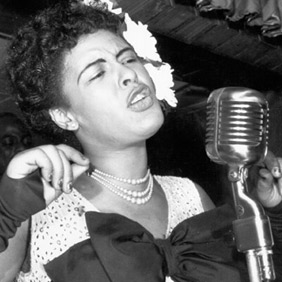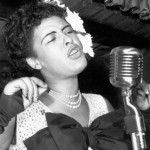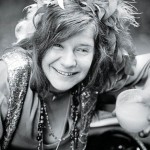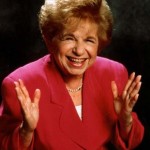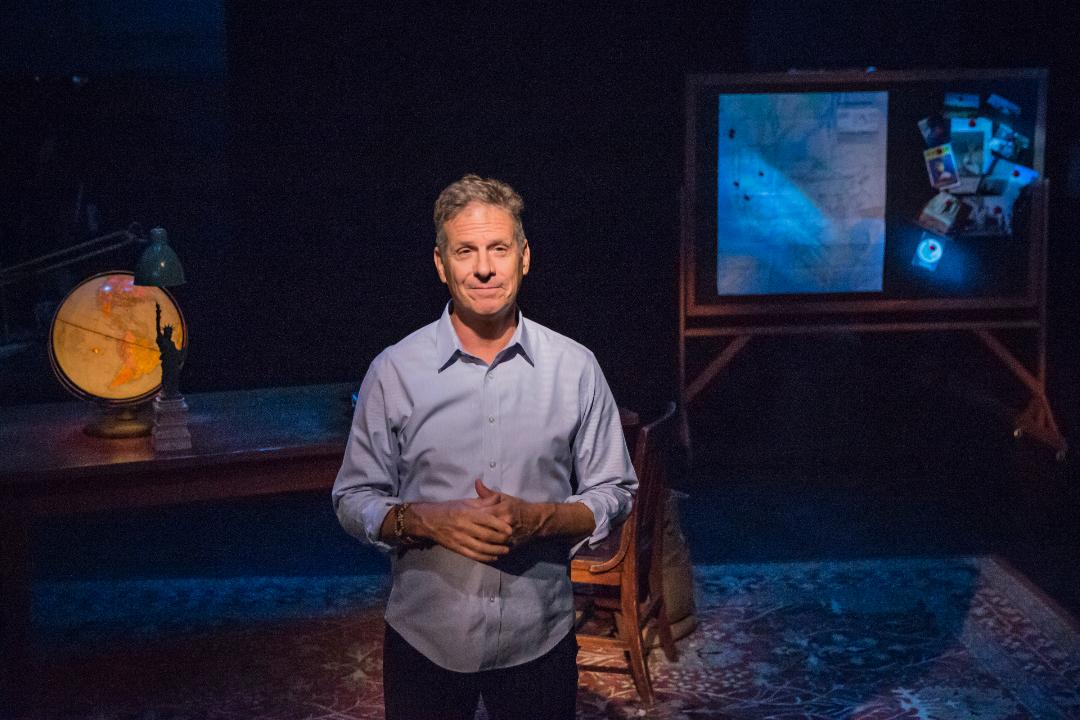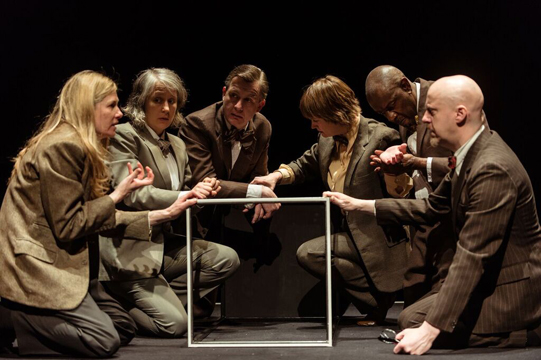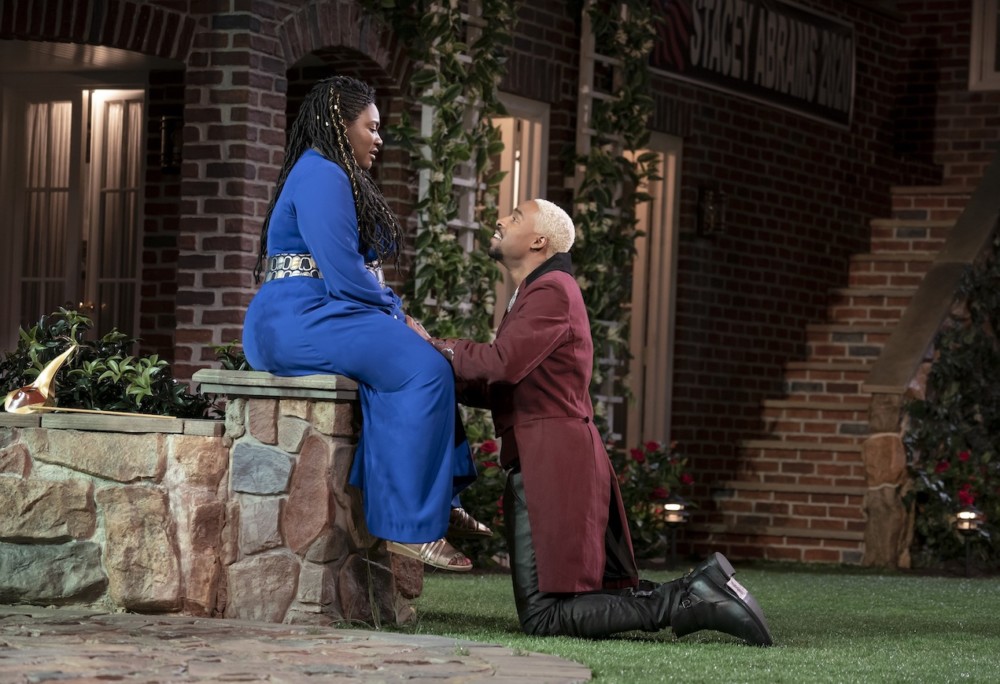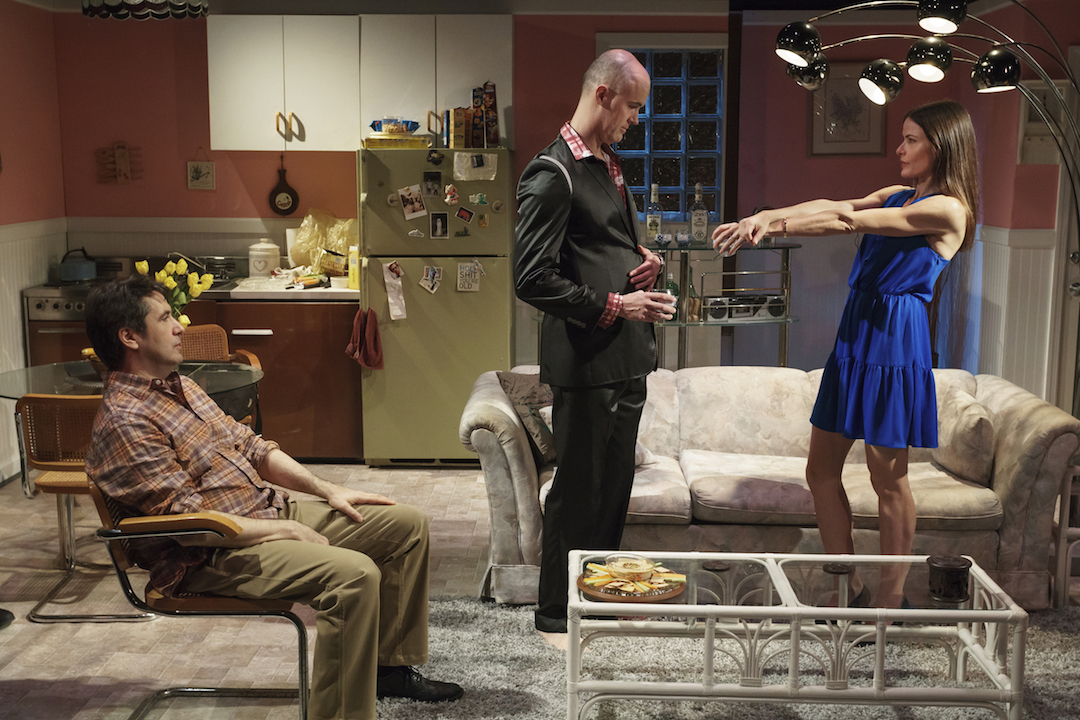By Myra Chanin
Billie Holiday, Janice Joplin and Dr. Ruth are the intensely talented, uniquely innovative and inventive women to whom homage is presently being paid along The Great White Way. Each one of them boogied to the beat of a different drummer, but two of them died young, done in by the insurmountable odds they themselves created and the third one overcame the ones she faced through pluck and luck.
What did they have in common? Bleak childhoods for sure. How bleak? Very, but diverse. Anything else? A passion for sex. Two sang about it and the third talked, talked and talked about and enjoyed participating in it as well.
By any criteria, Billie’s childhood was the bleakest. Deserted by both her mother and father, raised off and on and off by an aunt, Billie was raped at the age of 13 by a family friend, worked as a gofer in a brothel before becoming a prostitute there like her mother. The rest of her drink and drug addicted existence won no medals in the happiness Olympics either. What saved her was that fate placed her on earth in the place and at the time where her spectacular musical gifts received the glory they deserved, during the heyday and at the intersection of swing and jazz.
Lady Day, the Billie Holiday Musical, unfortunately juxtaposes Billie’s dismal childhood with her distressing finale, when strung out on drink and drugs, she is performing in Europe in an attempt to have her cabaret license restored so she can come home and work New York night clubs again. Lady Day focuses on the early and late sorrow of her life, rather than on the splendor of her singing. Being Billie is always a difficult undertaking because Billie’s voice, style, phrasing, edge, delivery are totally unique and impossible to imitate. The pain in the heart of her singing just stops you on your tracks. DeeDee Bridgewater who plays Billie is a fine singer, but neither she nor anyone else I ever heard who tried to be Billie sang any of Billie’s songs the way that Billie did. Most of the audience did not share my qualms. They stood up and cheered, also most of the critics loved it, but I listened to Billie sing when I was an unhappy adolescent and for me no one quite makes Billie’s grade. As a fan, my heart wants what it wants and it only gets it when I hear the real Billie singing.
Janis Joplin, the Queen of Rock and Roll, like Billie, was the voice of her generation. Though her conventional two-parent childhood seemed more stable, she was a temperamental multi-faceted artist who drew and painted before she discovered her vocal chords and felt out of place in Port Arthur, Texas. Reviled and rejected by her peers during her fat, acne-scarred adolescence, as an outsider, she found drugs, drink and fame singing the blues with an unknown-till-she-arrived rock and roll band. Her life was not glorious. Her passion for singing and the songs she wrote were.
I found A Night with Janis Joplin a more clever and appealing play than Lady Day. A loudmouthed, drunk, hippie lady that died of a heroin overdose at 27 was an ordinary kid who achieved extraordinary things. In the show, her talent takes precedence over her addictions. Janis performs and takes a few swigs from a bottle, and since two hours of hearing only Joplin manqué might be overdoing it, the show presents all her musical influences from Ma Rainey to Aretha Franklin to Etta James, Odetta, Nina Simone and Bessie Smith. Because I was fan of both Odetta and Nina Simone and often saw them perform, both clones lacked the authority of the real thing for me, but the band that played for all the singers was simply sensational. I found it uncanny how much Mary Bridget Davies looked and sounded like Janis to me, although someone who was a great fan of hers felt about Davies exactly as I felt about Bridgewater. Close but not the real thing.
Dr. Ruth was the only child of parents who doted on her, and sang her to sleep every night. She went to synagogue every Friday night and loved the traditional Jewish melodies. She never claimed to be a singer, but music was very important to her. Her family lived in Frankfurt in a neighborhood where all the streets were named after composers. Ruth is even shorter than you think she is. I saw her at the performance of Becoming Dr. Ruth, and her diminutive size doesn’t seem to trouble her, obviously because she has a gigantic intellect and imagination.
Life was swell and then along came Hitler. Ruth’s father was sent off to a work camp by the Nazis which was a terrible blow but which saved her life because she was considered an quasi-orphan and joined 300 other orphans on a Kinder transport to Switzerland where she became a servant to the people who were giving her shelter and board. And met her first boyfriend. She never saw her family again. Her education came mostly from Swiss Zionists who directed her to end up in Israel after World War II. Short but fast, she became a messenger and sniper for the Haganah. Unlike Billie and Janis, the men she found were supportive and she was able to leave them when it was time to move on. She stumbled into a good part of her life by latching on to any opportunities that came her way and letting her joy make the best of them. Unfortunate things may have happened to Dr. Ruth, but she was always too busy moving on to have the blues.
Debra Jo Rupp who is taller than Dr. Ruth – isn’t everybody? — did a great job playing Dr. Ruth, but was unlucky. The New York Times, the newspaper devoted to crippling theater, sent some Irish guy to review the play. What does he know about the trials and aspirations of a short Jewess? I found Becoming Dr. Ruth enjoyable and the audience loved it as well. It is an inspiring story of how someone who lacked great artistic talent made the most of her talent for life.


